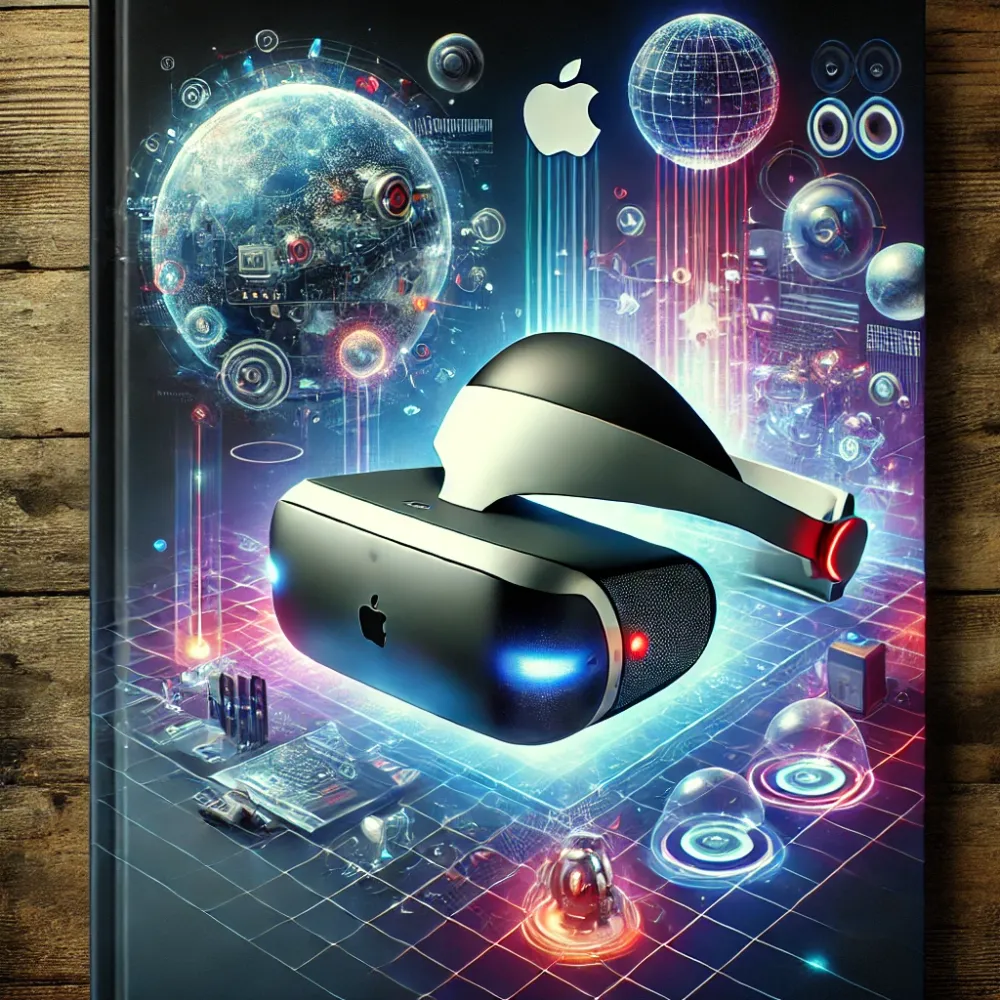Apple Vision Pro and the rise of spatial computing in gaming
The gaming industry thrives on innovation, and Apple has recently joined the immersive entertainment revolution with its highly anticipated Vision Pro headset. Combining augmented reality (AR) and virtual reality (VR), the Vision Pro introduces the concept of spatial computing—an approach that blends digital content seamlessly into the physical world. For gamers, this represents a transformative shift, enabling experiences that extend beyond screens into fully interactive environments.
This article explores how the Apple Vision Pro is poised to redefine gaming through spatial computing and what this means for developers and players alike.
What is spatial computing?
Spatial computing is a cutting-edge technology that merges digital and physical spaces. Unlike traditional VR, which isolates users in a fully virtual environment, spatial computing allows digital objects to coexist with the real world. The Vision Pro achieves this by using advanced sensors, high-resolution displays, and Apple’s powerful M2 and R1 chips to render interactive 3D content directly into a user’s surroundings.
In gaming, spatial computing unlocks new possibilities, such as:
- Interactive gameplay: Players can interact with digital objects within their physical space, creating more immersive and natural experiences.
- Enhanced social play: Multiplayer games can use spatial computing to connect players in shared physical environments, whether local or remote.
- Dynamic environments: Games can adapt to the layout and features of the player’s surroundings.
Apple Vision Pro: Key features for gaming
The Vision Pro is packed with features that make it a standout device for gaming:
- Dual-Chip architecture
- The M2 chip handles demanding applications, while the R1 chip processes input from 12 cameras, five sensors, and six microphones, delivering near-instantaneous responsiveness (Learn more).
- 4K Displays for each eye
- Offering unparalleled clarity, the Vision Pro’s displays bring game worlds to life with stunning detail and vibrant colors.
- Spatial audio
- With dynamic audio that adjusts to the user’s environment, players can enjoy realistic and immersive soundscapes.
- Eye and hand tracking
- Vision Pro enables intuitive navigation and interaction, removing the need for traditional controllers.
- Integration with Apple ecosystem
- Developers can leverage Apple’s ecosystem to create seamless experiences that transition between devices, such as Macs and iPhones.
How Vision Pro is changing gaming
The Vision Pro opens the door to entirely new gaming genres and experiences. Here’s how it’s transforming the industry:
- Augmented Reality adventures
Games can overlay quests, puzzles, and characters onto real-world environments. Imagine a treasure hunt where clues appear in your living room or a fitness game that transforms your backyard into an obstacle course. - Hybrid gaming experiences
The Vision Pro can blend AR and VR elements, creating hybrid experiences. A racing game, for example, could let players steer a virtual car using a physical object as a steering wheel. - Collaborative play
Spatial computing fosters collaboration by allowing players to see and interact with the same digital objects in their shared physical space, bridging the gap between digital and physical gaming.
Opportunities for developers
For developers, the Vision Pro introduces exciting possibilities:
- AR-Enhanced game mechanics
- Developers can design games that interact with the user’s physical space, leveraging object detection and spatial mapping.
- Example: A tower defense game where physical furniture becomes part of the battlefield.
- Immersive storytelling
- With Vision Pro, developers can craft narratives where players interact with characters and environments in their homes.
- Cross-Platform experiences
- Apple’s ecosystem allows developers to create games that transition seamlessly between Vision Pro, Macs, and iPhones.
Apple also provides tools like ARKit and Reality Composer Pro to streamline the development of spatial computing games (Explore ARKit).
Challenges and future potential
Despite its groundbreaking features, the Vision Pro faces challenges:
- Cost barrier: Priced at $3,499, the Vision Pro may be inaccessible to many gamers, limiting its initial adoption.
- Developer learning curve: Spatial computing requires new skills and tools, which could slow widespread development.
However, as the technology matures and costs decrease, spatial computing is likely to become a mainstream feature in gaming. With potential applications in education, fitness, and social interaction, the Vision Pro represents just the beginning of this exciting journey.
The Apple Vision Pro introduces a bold vision for the future of gaming, merging digital and physical worlds through spatial computing. Its innovative features offer a glimpse into how games can evolve beyond screens, becoming an integral part of our real-world environments.
For developers, this is a call to explore uncharted territory and design experiences that push the boundaries of storytelling and interactivity. For players, the Vision Pro promises a new level of immersion and creativity that could redefine what gaming means.
As spatial computing continues to evolve, the Vision Pro may well be remembered as the device that brought this frontier to the gaming mainstream.




